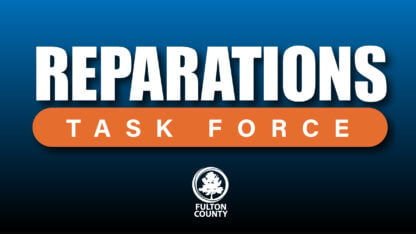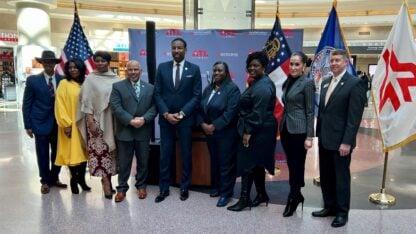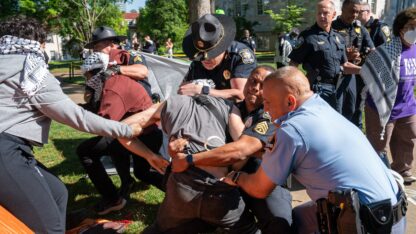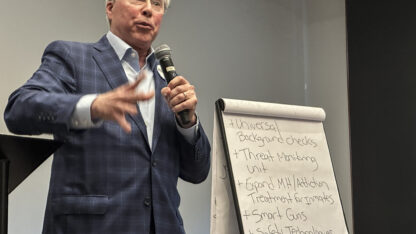Stone Mountain board approves limited changes to park’s Confederate imagery
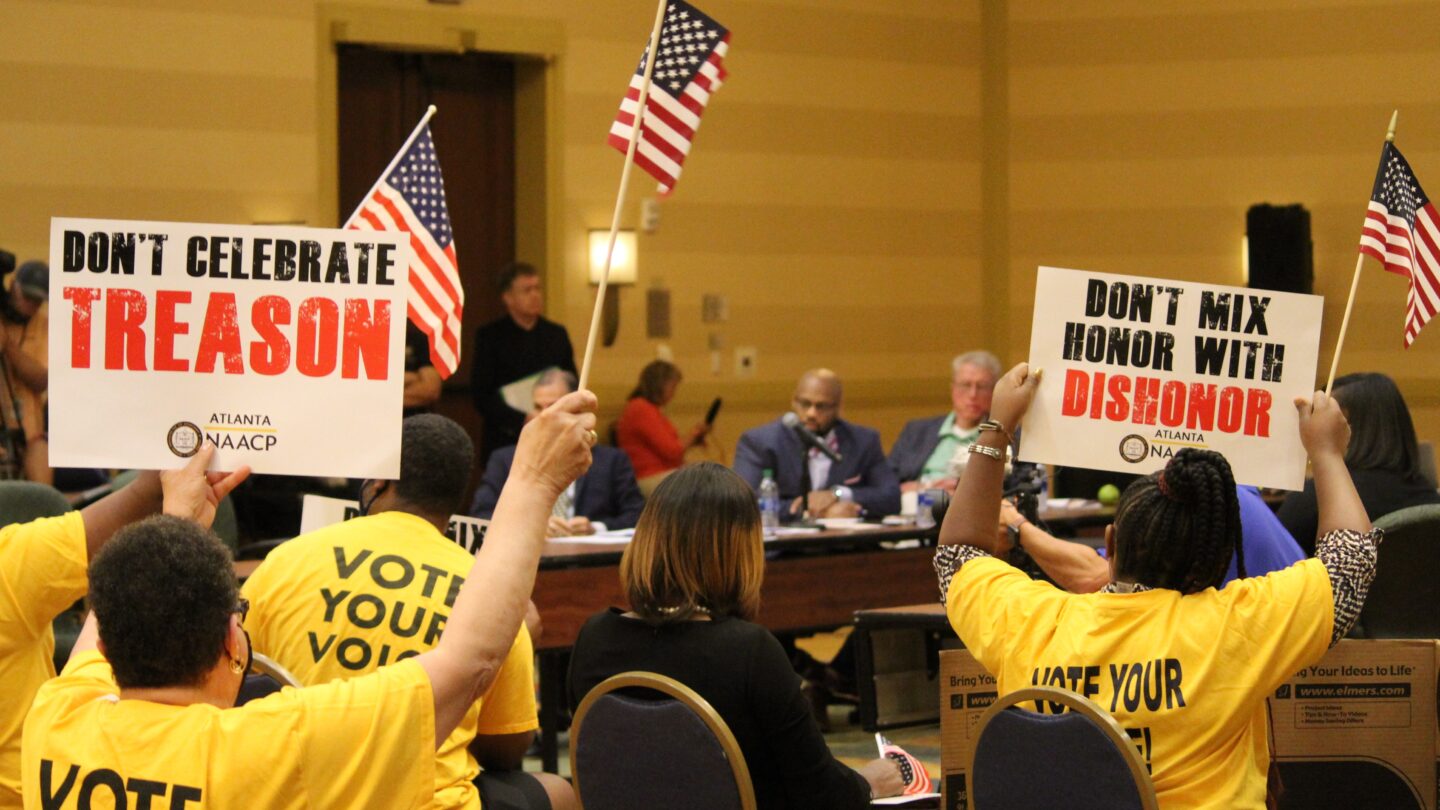
Updated at 5:25 p.m. Monday
The board that oversees Stone Mountain State Park has voted to relocate Confederate flags and develop a new logo amid continued criticism over how the park commemorates the Confederacy.
The flags, which greet visitors as they walk up Stone Mountain, will be moved to the base of the 90-foot-tall Confederate carving. The park’s logo, which depicts the carving of Robert E. Lee, Jefferson Davis and Stonewall Jackson, will be changed as well.
The Rev. Abraham Mosley, chair of the Stone Mountain Memorial Association Board, says the carving itself will be addressed, in his words, “at the proper time.”
“We’re not going to solve the problem overnight. But little pieces at a time. We’ve just taken our first step today to where we need to go,” said Mosley.
Mosley, an Athens pastor, was presiding over his second board meeting. He was appointed chair by Gov. Brian Kemp as the first Black man in that position.
“We want to tell the whole story: the good, the bad and the ugly,” said Mosley. “Now, history is not good and pleasant to all of us, but it’s history.”
But Atlanta civil rights attorney Gerald Griggs says the changes approved at Monday’s meeting are “far off” from what he and others are demanding.
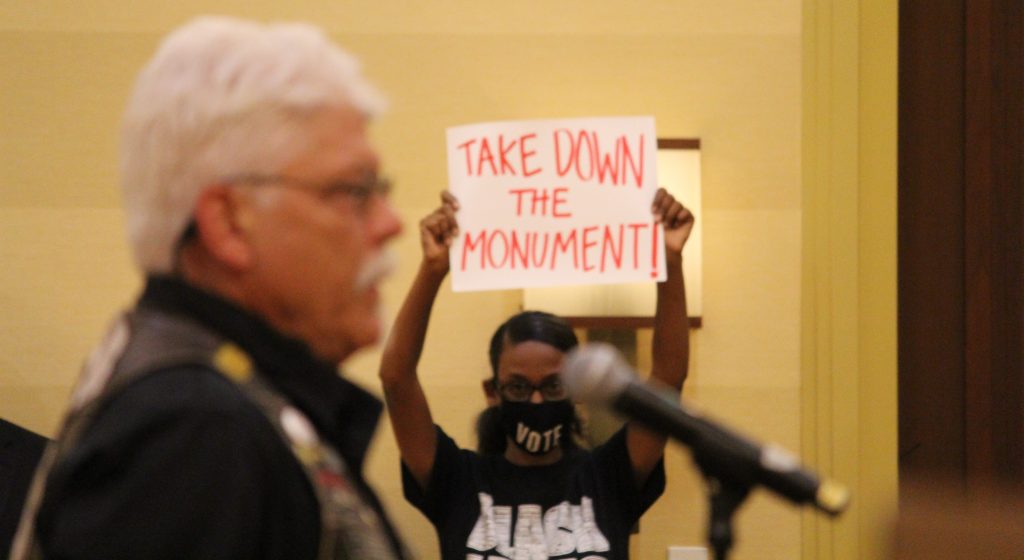
“This is not a reflection of what Georgia should be,” said Griggs. “It should be inclusive; it should tell all of the history, and it should remove the hate, starting with the carving.”
Griggs says he has family and friends who have stopped going to the park because it honors the Confederacy.
“I think now that you’re seeing more and more what the park stands for, you will see more African Americans push back and go to other parks like Panola or Kennesaw Mountain – which is actually a Civil War battlefield — and embrace other areas,” said Griggs.
Stone Mountain Memorial Association CEO Bill Stephens says the board is doing what it can – within the confines of state law – to tell a “broader story” within the park. Stephens says it’s difficult to tell how much – or if – the association with the Confederacy hampers attendance at the park.
“What it does affect is this hotel [the Atlanta Evergreen Marriott] and the other hotels on the property,” said Stephens. “Because we don’t get corporate business here — because of the Confederacy issue — that we used to get. If those companies come back to this park, that’s a positive.”
Stephens said 3 million people per year visit the park.
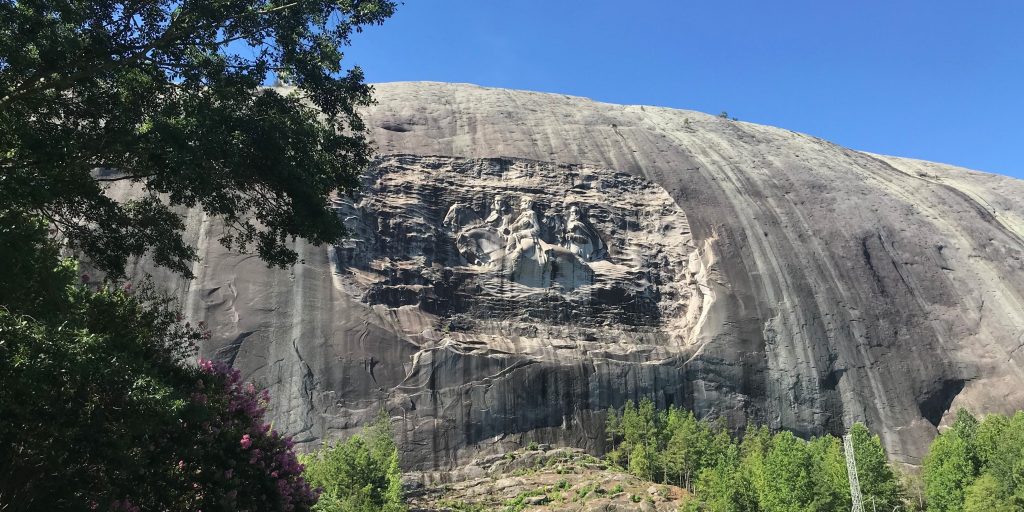
The crowd at Monday’s board meeting mostly consisted of those who favor ridding the park of Confederate symbols. But several stood opposed to any changes, including Grady Vickery. He’s with The Sons of Confederate Veterans and grew up near Stone Mountain.
“That carving is the monument for all those that never came home,” said Vickery. “The unknown soldier. They’re all Americans – they represent you, they represent me.”
He says the carving and the Confederacy are both a piece of history.
“With all that’s going on in the world and we’re arguing over a monument that stood since 1970?” asked Vickery.
The board also voted to create a museum exhibit at the park that will tell the story behind the carving as well as advisory committee to evaluate other potential changes. It also plans to seek a national historic designation for a bridge at the park built by an African American engineer.

